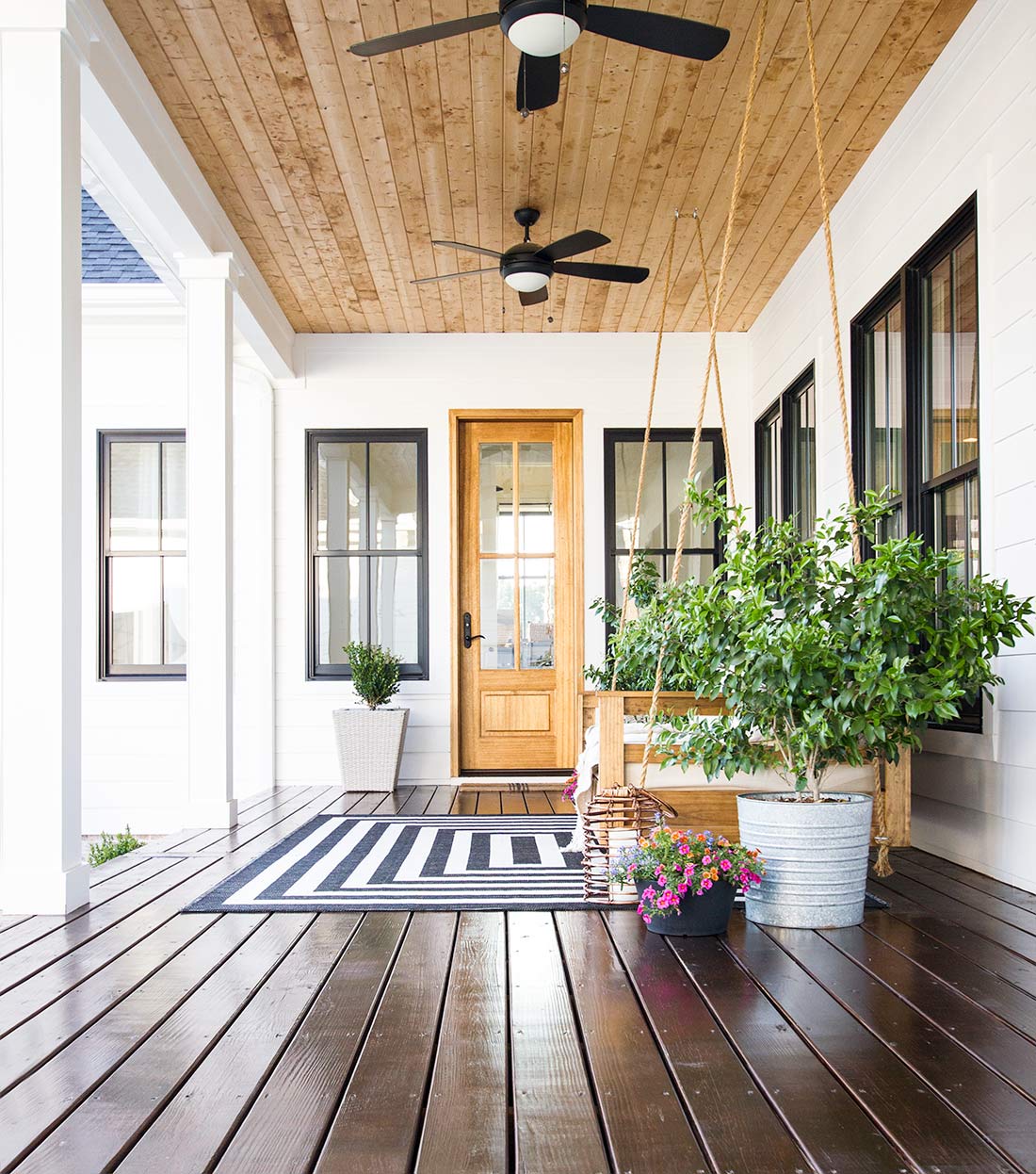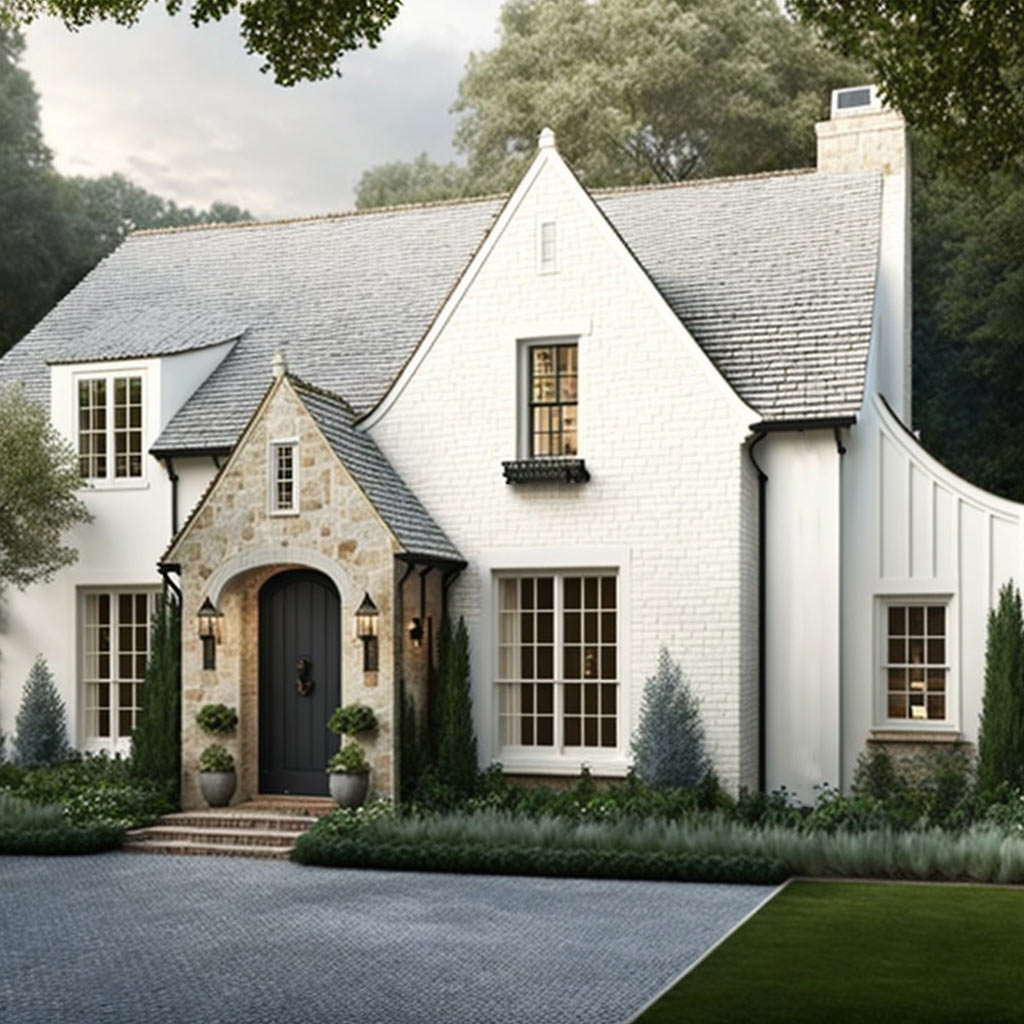
Let’s discuss an often overlooked but crucial aspect of home design and renovation – standard window sizes. Understanding the common dimensions and variations of window sizes is very important. This knowledge can make the difference between a seamless installation process and unforeseen construction headaches. It can also help you visualize your space more effectively and even optimize your home’s energy efficiency.
What are Standard Window Sizes?
Standard window sizes can vary depending on the type of window and the manufacturer, but there are common dimensions that are typically used in residential construction. For instance, single-hung and double-hung windows, two of the most common types of windows, usually start at widths of 24 inches, increasing in 12-inch increments up to 48 inches. The standard heights begin at 36 inches and increase in 12-inch increments up to 72 inches.
Why are Standard Window Sizes Important?
Standard window sizes are important for several reasons. They facilitate the construction process, help maintain uniformity in design, and make window treatments easier. Plus, windows that follow standard sizes are generally more cost-effective and readily available.
Single Hung and Double Hung Windows
These are among the most common types of windows. In single-hung windows, only the bottom sash moves, while in double-hung windows, both the top and bottom sashes are operable.
Standard sizes for single and double-hung windows start at widths of 24 inches, increasing in 12-inch increments up to 48 inches. The standard heights begin at 36 inches and increase in 12-inch increments up to 72 inches.
Sliding Windows
Sliding windows, or glider windows, slide horizontally. They are a popular choice for modern and contemporary homes.
For sliding windows, standard widths range from 36 to 84 inches, increasing in 12-inch increments. The heights typically range from 24 to 60 inches, also in 12-inch increments.
Casement Windows
Casement windows are hinged at the sides and open outward. They provide excellent ventilation and are often used in combination with other window types.
Standard widths for casement windows range from 24 to 48 inches, while heights vary from 36 to 72 inches, both in 12-inch increments.
Picture Windows
Picture windows are large, fixed windows that do not open. They are designed to provide an unobstructed view of the outdoors.
Standard widths for picture windows start at 24 inches and go up to 96 inches, while standard heights start at 12 inches and go up to 96 inches. Due to their large size, picture windows are often custom-made.
Awning Windows
Awning windows are hinged at the top and open outward. They are often used for ventilation above doors or other windows.
Standard widths for awning windows range from 24 to 48 inches, while standard heights are between 20 and 42 inches, both in 6-inch increments.
Bay and Bow Windows
Bay and bow windows protrude from the exterior wall, creating a charming nook inside. They are typically a combination of fixed and operable windows.
Due to their unique design, bay and bow windows are often custom-sized. However, they generally range in width from 3 feet 6 inches to 10 feet 6 inches and in height from 3 feet to 6 feet 6 inches.
It’s important to note that these are standard sizes and can vary by manufacturer. Always double-check the sizes available when purchasing.
Custom Windows
In addition to standard sizes, custom windows are also an option. These are made to fit specific dimensions and are ideal for irregularly shaped or oversized openings. However, custom windows typically cost more and require a longer lead time.
Understanding standard window sizes is a crucial aspect of any home design or renovation project. This knowledge allows you to make informed decisions, plan your space effectively, and ensures a smoother construction or installation process. Remember, while there are common dimensions, sizes can vary by window type and manufacturer. It’s always important to double-check the sizes when purchasing. Whether you opt for standard or custom sizes, the right windows can enhance your home’s aesthetic appeal, functionality, and energy efficiency, making your space more comfortable and enjoyable.





No Comments